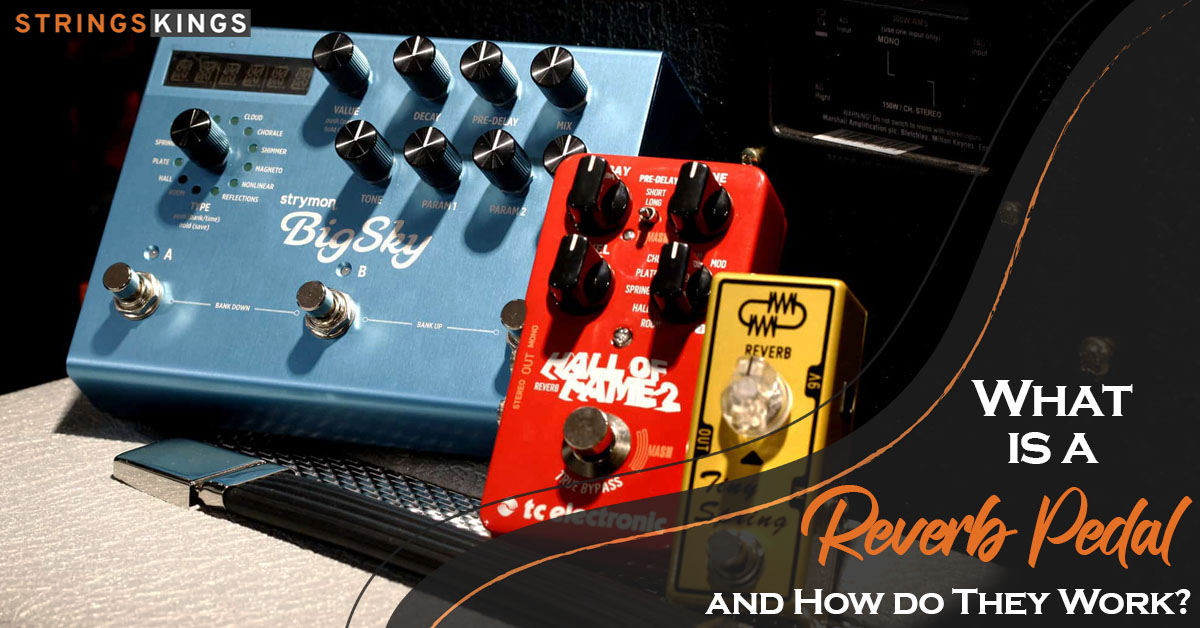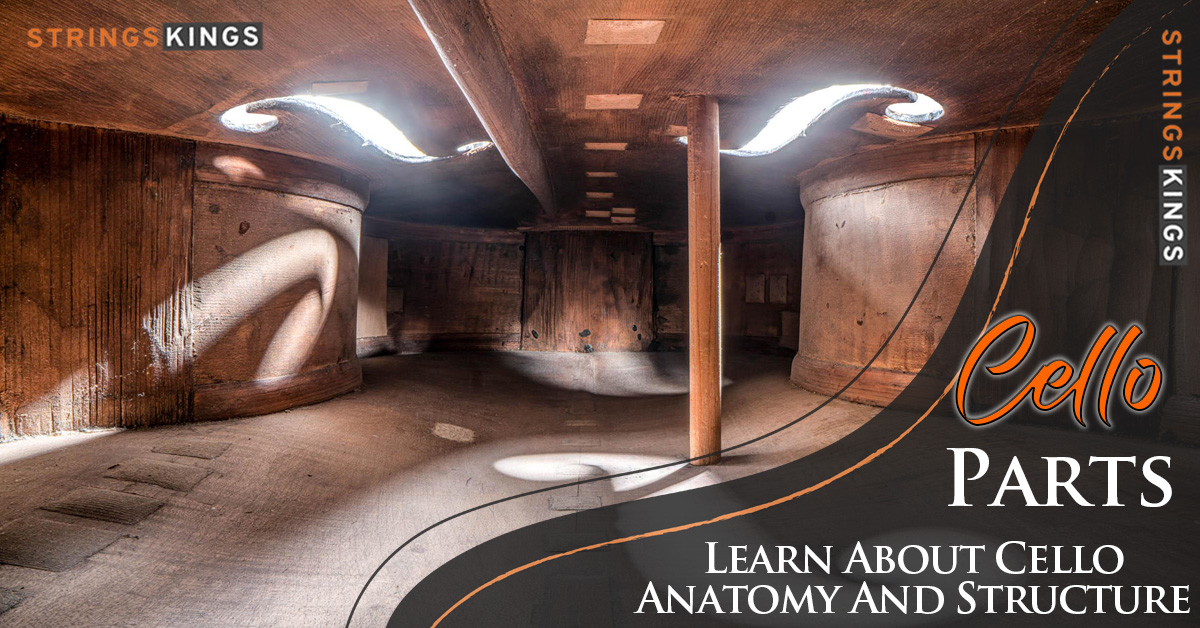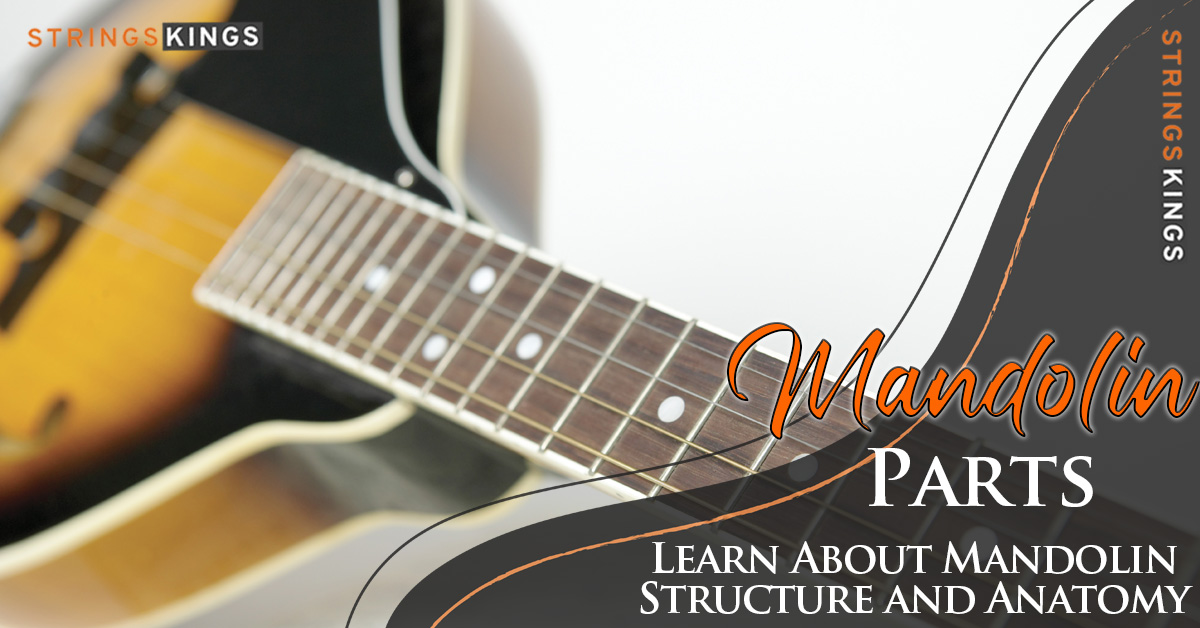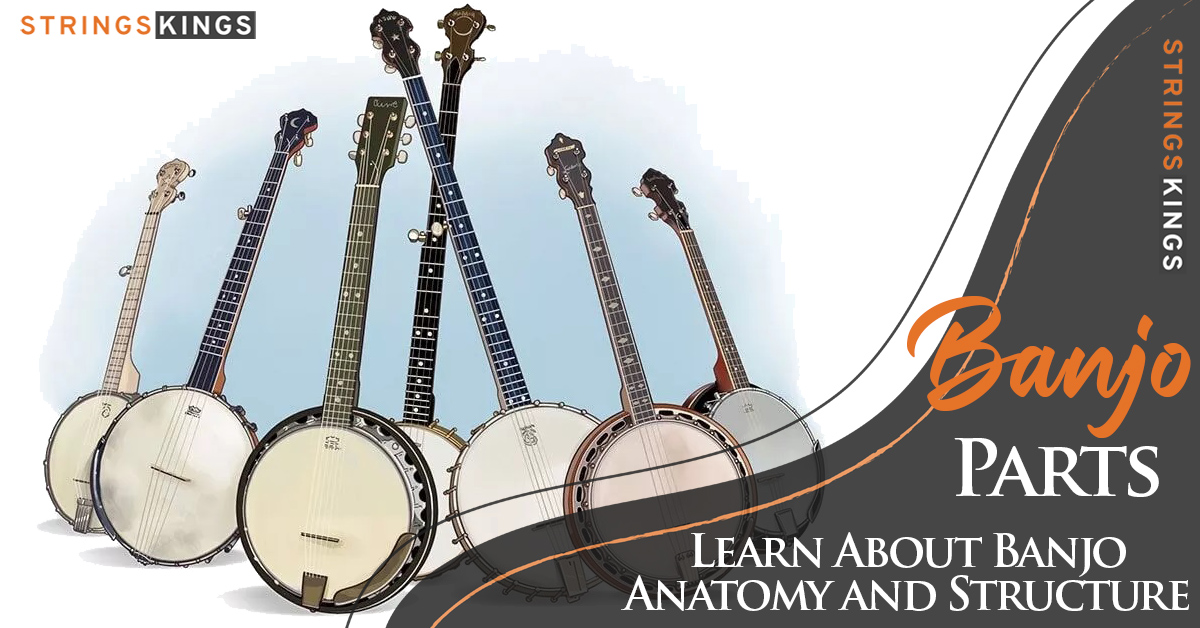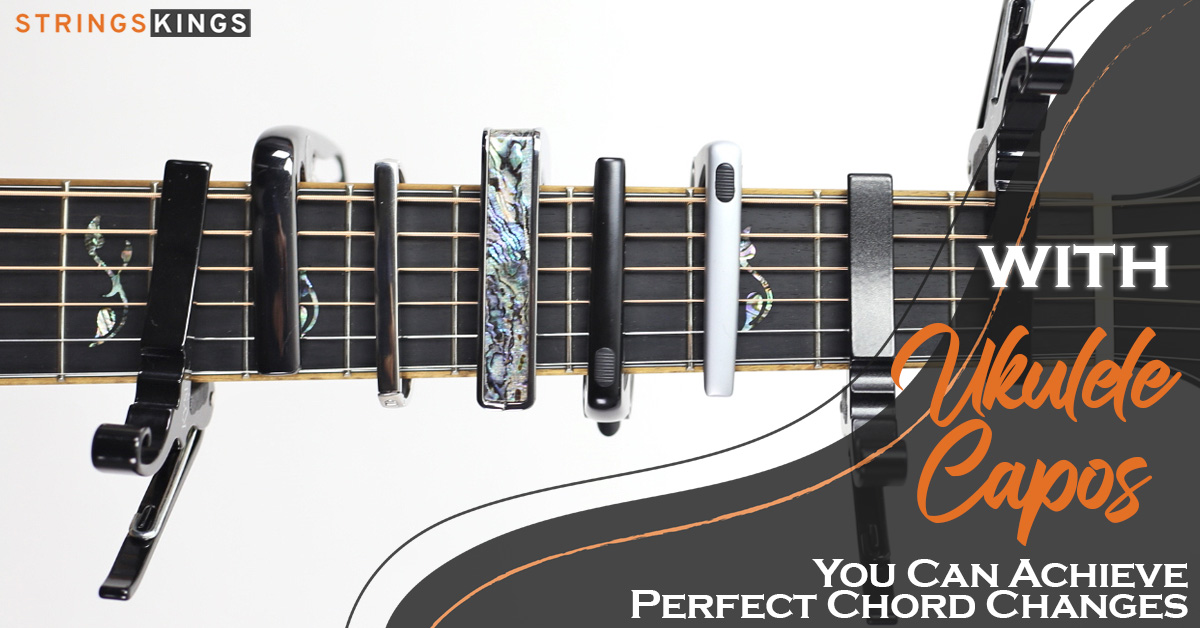Table of Contents
Learn Everything About Harps!
There is something fascinating about the harp. Harps can deliver classical music, rock rhythms, and Celtic tributes. Does it come as a surprise that musicians enjoy the sounds it produces and is the Harp hard to learn?
There are some challenges associated with this instrument as well. There are over ten times as many strings as a bass guitar, it weighs more than a child, and it requires the coordination of a pianist to play it.
Playing the harp for the first time can be a challenge, so here are some facts you’ll want to know.
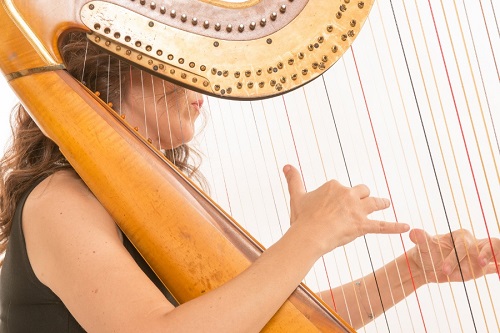
Is the Harp hard to learn?
Harps are among the easiest stringed instruments to play, while guitars and violins are the most challenging. Although people tend to believe the opposite, it is common for them to do so.
Harp: A Brief History!
People have played the harp for literally thousands of years. Harps were developed and used in ancient civilizations, which were simple and formative. It has been present in cultures all over the world over the centuries, including the Middle East, Ireland, Africa, China, South America, and Mexico. It is not only the wealthy and well-educated who play harps but also the average person.
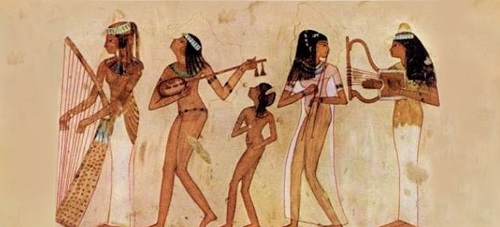
The reason that people in these places have not mastered the harp is that they do not have the time to practice arpeggios in their music rooms or the money to take lessons. Even the simplest players have been able to enjoy playing the harp for centuries because it is accessible and generous.
Throughout the ages and across civilizations, people learned to play either by teaching themselves or by learning from their village Harper.
Harp music becomes more compelling and richer as you put more effort into it, as it does with most things. One of the best things about the harp is that even a simple piece of music sounds awesome when performed by a beginner.
Beginners should be encouraged
For example, people without any musical training can learn the beginning of “Joy To The World” in about three minutes by playing the harps. Getting them to move away from the harp so other people can try it is the hardest part!
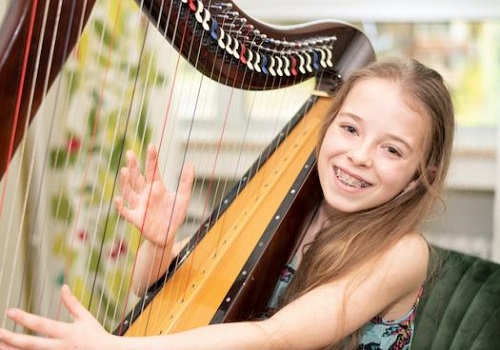
Since pianists already know treble and bass clef and the fingering is similar, they find the harp especially easy. Similarly to a piano, a harp uses its right hand to play the melody line and its left hand to play the chords and bass. In addition, the harp is not handed, both left-handed and right-handed players play it the same way.
If you are considering playing the harp for the first time, you will find it easy to get started. Piano players usually begin by playing two-handed tunes the first time they play. A guitarist discovers there are no frets or awkward hand positions, no hammer-ons, no pick-offs, and a much simpler technique. Learning a new chord isn’t difficult at all. No chord chart is required!
Combination of activites
Coordination is the primary challenge harp players face when playing this instrument. When playing the strings, harpists always use the four first fingers of their hands. To produce sounds from the 47 strings on the harp, both hands use opposite sides of the instrument. While playing, the musician also uses foot pedals to change pitches.
It can take a lot of time for new harpists to get used to doing this combination of activities. It’s a stringed instrument, but the rhythm it requires for success puts it closer to a percussion instrument. A steady rhythm is essential for the listener to be able to hear the correct notes.
Harpists should also consider endurance, physical strength, and knowledge of each instrument’s performance. There are no two harps that play exactly the same. The weight of a professional harp can easily reach 100 pounds.
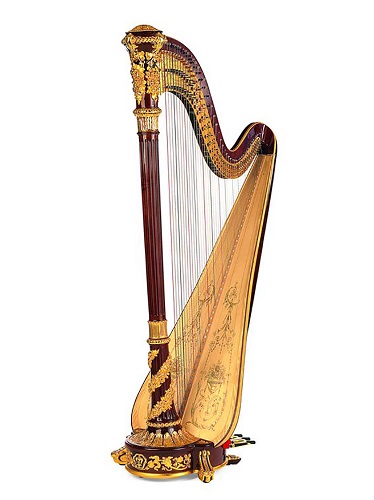
Harpist and Harper: The difference!
Musicians can play the harp in two different ways. It is possible to choose between being a “harper” or a “harpist.” Another option is to combine both.
As a harper, you play something from memory or from listening to other sounds and music. There is rarely sheet music involved, and it occurs more often in performances that feature traditional or folk music.
It is common for harpists to read music while playing the instrument. In jazz, Celtic, and classical pieces, pedals are usually required.
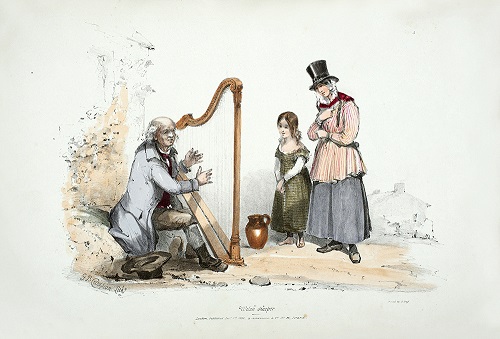
As a musician, you can play both styles, but the hybrid approach has no name. According to the style you’re using for the piece, you’ll be either a harper or a harpist.
Harp Registers: An Introduction
In harp playing, there are three generic registers in which you’ll typically find note sequences.
The Low Register. The higher resonance levels in this area of the harp make single notes or chords work better. Steel strings are used on most instruments to maximize this advantage.
The Central Register. When playing the strings in the center of an instrument, chords are most suitable. In addition, you can deliver compositional support by using manual arpeggios or short running notes. It is most common for musicians to use gut strings to produce these sounds.
The High Register. If you are playing in this portion of the register, it is usually best to focus only on short-running notes. This is because the sounds do not ring out as much. It is most effective to use nylon strings, and they will sound like a guitar when plucked correctly.
In spite of the fact that these points should be considered guiding principles, they should not be viewed as unbreakable.
Harps give musicians the freedom to express themselves emotionally and uniquely. You can create your own unique harmonies and sounds with so many string combinations available.
That’s why learning to play the harp is such a wonderful experience. A visual and auditory impact is made on the senses as a result of it.
Harp Playing: Can You Teach Yourself?
Yes, absolutely! We meet many self-taught harp players or those who have only had a few lessons to get started. Other people prefer to learn in person, on YouTube, or via Skype from an established teacher.
There are many beginning books, and we always have a selection and helpful ideas on our website.
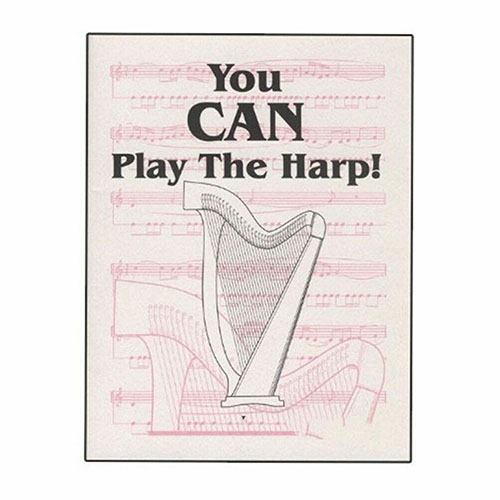
Lastly, I would like to say that the lever harp community, as well as all ethnic harp communities, are warm and welcoming communities. It is very enjoyable for harpers to meet other harpers and to be able to support one another.
There is no shortage of generous and warm people at harp gatherings, from small, local gatherings to several annual regional gatherings to major international conferences. The harp world is generally a pretty friendly place – even direct competitors are usually friends.
Critical points to consider when playing The Harp
If you’re interested in playing the harp, we highly recommend finding someone who can offer one-to-one lessons. YouTube videos and group classes on Zoom can be helpful to some extent. However, an experienced teacher will be able to provide you with resources that are tailored to your playing style.
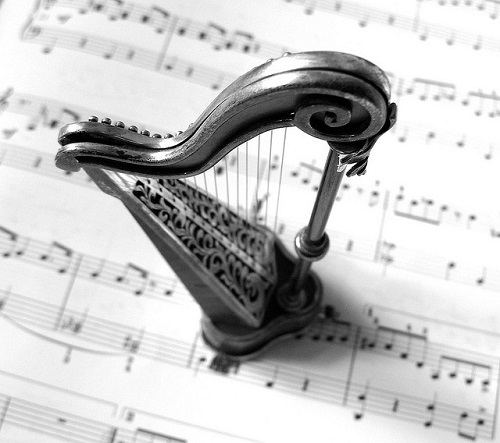
Lessons with one-on-one tutors have the disadvantage of being expensive. Because playing the harp is a specialized skill, you might encounter a shortage of providers.
Taking group lessons is a fun way to meet new people. You might find this option too stressful if you’re shy around others or need more help from the teacher.
This video is explaining how hard is to learn the Harp
Last Words
It’s a beautiful instrument, and if you decide to learn or improve your playing, you won’t regret it.
In our article, we hope you will find many useful and interesting things that will assist you in learning and playing this instrument.

